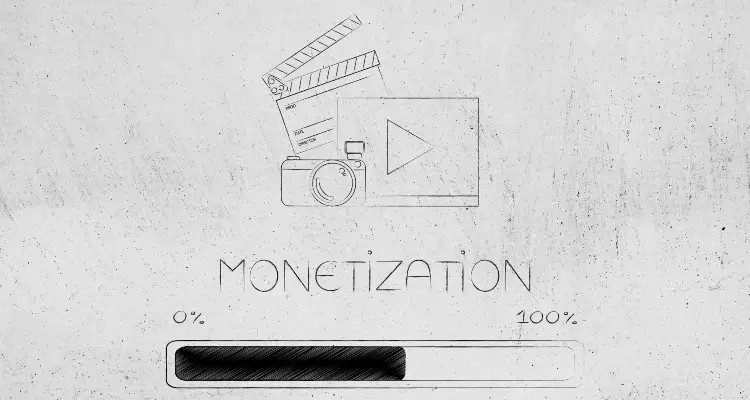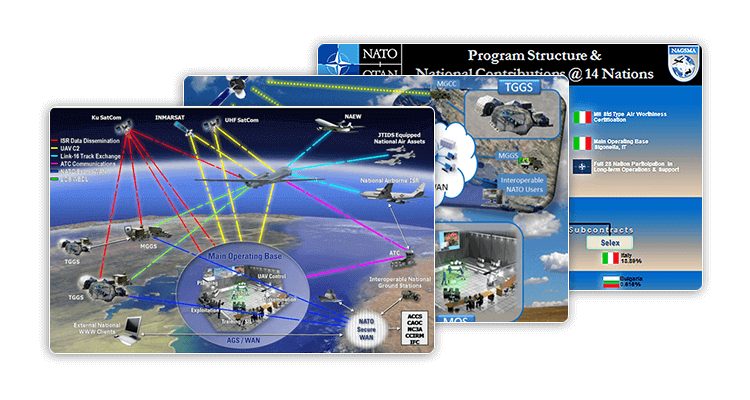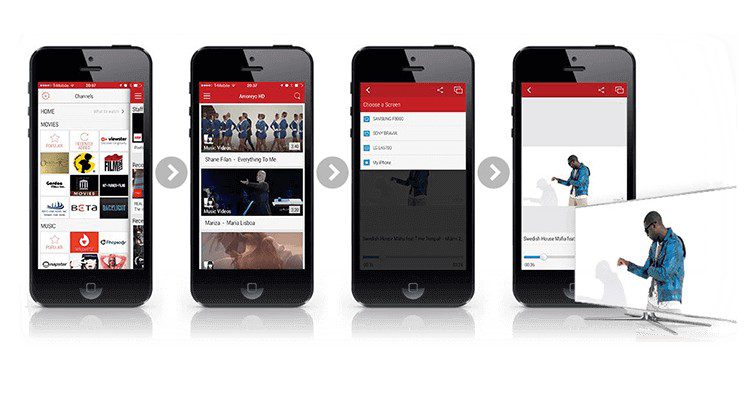What is CDN?
Why is CDN so important for the modern internet?

The Importance of CDN
If you have never dealt with video streaming, web data exchange, website hosting, SEO, or anything else internet performance-related, there are few chances you’ve heard of CDN. But since you are reading this article, this means you somehow have encountered the term CDN or Content Delivery Network. The truth is that although the majority of internet users have never heard of it, they benefit from CDNs every single minute they browse the net, stream video, or purchase goods from their favorite online store. CDN plays an essential role in the modern internet, and without it, the World Wide Web would not be the one we know today.
In this article, we will cover:
- CDN Historical Background
- CDN Workflow Explained
- Benefits of Using CDN
- The proper CDN for your OTT streaming platform
CDN Historical Background
A Content Delivery Network (CDN) is a geographically distributed network of servers and data centers that aims to accelerate digital content delivery via the Internet. CDNs date back to the late 90s of the last century. At this time, the Internet has gradually become an essential medium for people and enterprises. It moved to be a fundamental engine of every facet of contemporary society and the global economy from being just a communication and information-sharing tool. This development established the internet’s performance as a hot topic.
CDNs came into play to improve internet efficiency and facilitate data exchange. They were invented to address the higher demand for audio and video streaming, speed up websites, and support the increasing volumes of digital content exchange. Nowadays, it is hard to imagine the internet without CDNs as they have become an integral part of the latter and serve a major share of today’s web traffic. They deliver various web items, downloadable data, applications, social media sites, and streaming media to the end user. All the major social media sites, live and on-demand video streaming platforms, and e-commerce stores utilize CDN services.
CDN Workflow Explained
A CDN (Content Delivery Network) consists of a network of servers spread in various locations around the Globe. This network caches the content and serves it to the end user via the so-called edge server.
To better understand how CDN works, you must imagine a global internet vendor with headquarters and a network of warehouse distribution centers in various locations. When you purchase something, it does not get delivered to you from the headquarters but from the closest warehouse hub. This way, the vendor saves time and travel costs and achieves higher customer satisfaction.
The logic behind CDN is identical. It creates a server system that caches the content hosted on your main server. Whenever a request comes to your host, the requested content gets delivered to the endpoint via the closest or most appropriate server instead of traveling from your server to the end-user. It is determined by a complex algorithm that calculates which server would be optimal in speed, proximity, and overall performance. This so-called edge server is either the closest or with the best performance. The edge server caches the content at the network edge and delivers it to the end user with the fewest hops.
Benefits of Using CDN
- Better user experience
- A better user experience results from applying the edge server approach, improving speed, and bringing a more robust data transfer stability. This data transfer becomes extremely crucial when talking about video streaming. The continuous signal flow with no interruptions becomes vital if it is a live stream or video-on-demand (VoD). A lagging stream is not an option anymore. Customers are not tolerant as the alternatives are just a click away. Edge computing and CDNs drive the data cache closer to the end user and minimize buffering and delays. On the one hand, this improves request response time, which directly benefits the user; on the other hand, the decentralization of the data provisioning saves bandwidth from the main server.
- Bandwidth costs reduction
- Bandwidth consumption costs are among the major expenses in website hosting. The effective utilization of CDN reduces the amount of data the hosting server must provide and redirects it via CDN’s PoPs (points of presence). This is especially valid in video streaming, where the data quantity is larger, and decreasing bandwidth consumption is more obvious.
- Scalability & Redundancy
- Scalability is important in data management and crucial when referring to live video streaming. When streaming through a single server, large amounts of traffic can cause a bandwidth bottleneck or even hardware failures and interrupt normal streaming. CDNs allow for immediate scaling up to meet viewership spikes with ease. In addition, the multiple PoPs provide hardware redundancy and backup options when streaming.
The proper CDN for your OTT streaming platform
Setting up a CDN is a major task in OTT streaming platform development. Although the market seems very transparent, choosing the most appropriate option often gets challenging. Several big CDN players like Akamai, Cloudflare, Amazon CloudFront, and Verizon Edgecast, as well as online video platforms like Wowza and IBM Cloud Video, offer CDN services through top-tier CDN partners or their own networks. They all have different payment options based on subscription or pay-as-you-go models.
Choosing the most suitable CDN service depends on some factors. Among the most important ones are the content hosting/storage, the amount of data, the anticipated number of viewers and playbacks, geographical location of the audience. A video streaming development company (like Bianor) can use its expertise and experience to advise you on the best selection. With more than 15 years of experience in video streaming and video processing and many successful projects for the civil and defense sectors, Bianor is a leading video streaming expert. We are here to consult you and help you with your next video streaming.
Learn more about our video streaming expertise or subscribe below for more exclusive video-related content.
Video Streaming Lifecycle
Download Bianor’s white paper to learn more about the five most crucial components of video streaming lifecycle.

























































